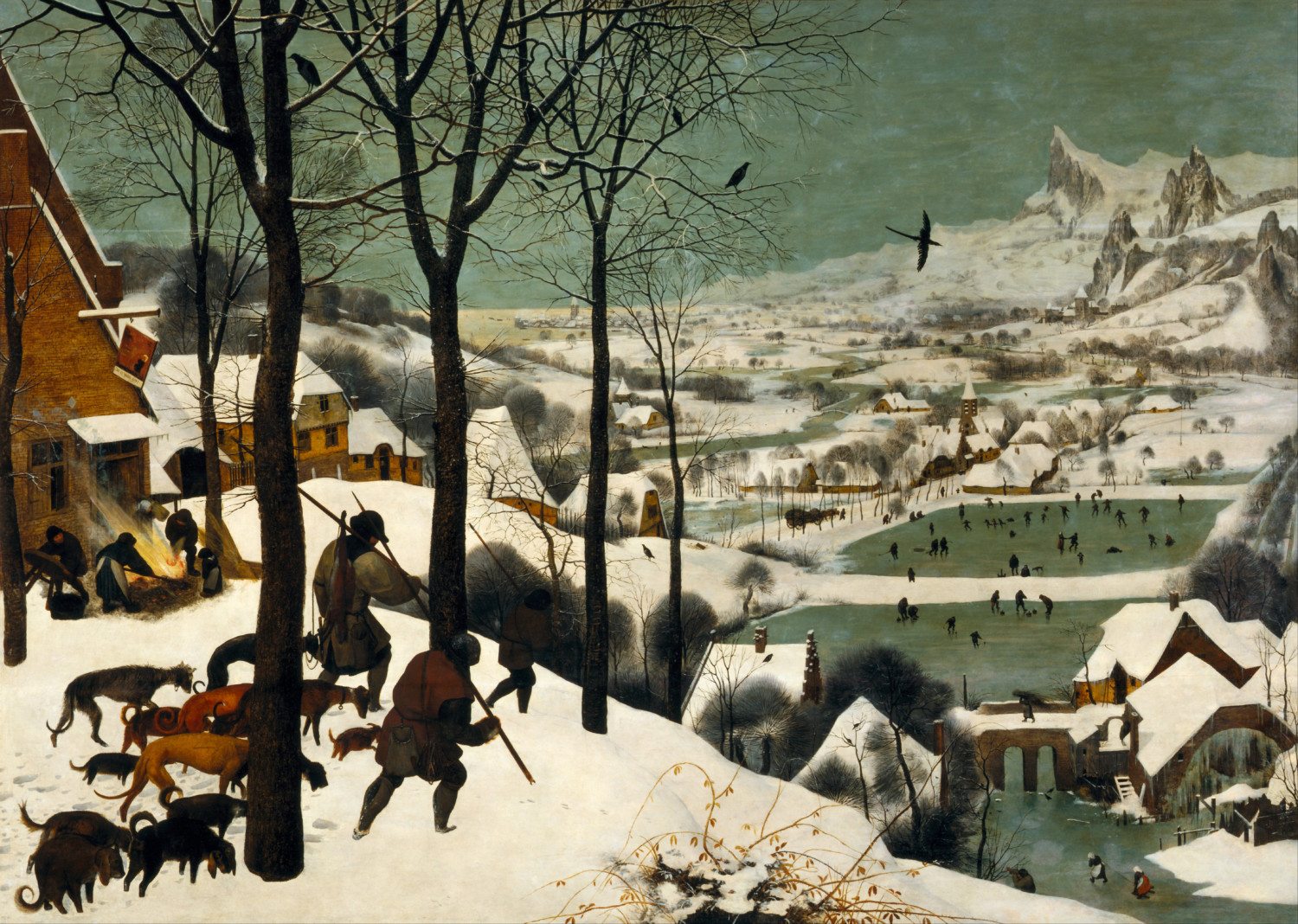Few sports in the Winter Olympics are as odd, yet fascinating, to me as curling.
It’s a strange, glorious combination of shuffleboard and bowling that unites the cleaning techniques of sweeping and buffing … all amplified by the general screaming and intensity that radiates off the athletes competing for gold. At its most basic level, curling is a sport where men and woman guide a 44-pound stone across a 150-foot slab of ice in efforts to get it as close as possible to the middle of a target.
Now that we’re all on the same page, here are seven of the most interesting facts we could find on this obscure winter sport that’s also known as the “Roarin’ Game,” thanks to the “roar” that can be heard as the granite stone soars over the ice:
1. It’s One Of The World’s Oldest Team Sports
While the precise origins of curling are uncertain, paintings by Flemish artist Pieter Bruegel in the 1500s depicted an activity that looks very similar to curling being played on frozen ponds, including the painting below, 1565’s “The Hunters in the Snow.” Moreover, the first written evidence of the sport was recorded in 1540 by a Scottish notary, according to the World Curling Federation. The oldest curling stones hail from the Scottish regions of Stirling and Perth, dating back to 1511.

2. The First Official Rulebook Dates Back 180 Years
Located in Scotland, the Grand Caledonian Curling Club was established as the first modern governing body of the sport in 1838. The club’s members and the committee were responsible not only for curling’s official rule book, but also things like standardized equipment and curling stones.
3. It Only Rejoined The Olympics Recently
Despite curling appearing as an Olympic sport at the first Winter Olympics in 1924, the sport was then removed from the official program. It was played as an exhibition sport at the 1932, 1964, 1988 and 1992 games. It rejoined the games as an official sport at the 1998 Winter Olympics in Nagano, Japan and has been a staple ever since.
4. The U.S. Only Has One Curling Medal
The one and only time the U.S. has medaled in this sport was during the 2006 Turin Games, where the men’s team won bronze. It shouldn’t come as a surprise that Canada kills the competition with a combined 10 medals going into this year’s Olympic Games. Not to mention, since four-person curling made its Olympic return twenty years ago, Canada has never gone without a medal in any curling event.
5. Curling Stones Are Made With A Rare Granite
Curling stones are made from a unique granite only found in two quarries in the world: the Scottish island of Ailsa Craig and the Trefor Granite Quarry in Wales. These quarries produce a unique shatter-resistant granite that is shaped and polished into curling stones that can last for decades. Today, there are stones that are still in use that were quarried 40 to 50 years ago, according to Amusing Planet. The weight of one stone varies between 38 and 44 pounds, with a height of 4.5 inches and circumference of 36 inches.
6. Curling Has Its Own Vocabulary
The sport is known as curling because stones generally curl to one side after they are slid (aka “delivered”) down the stretch of ice (aka “the sheet”), which is 150 feet long by 15 feet wide. The goal is to get as close as possible to the center (aka “the button”) of a 12-foot target (aka “the house”). The “hack” is a starting block made of rubber and players must let the stone go before they reach the “hog line.”
The “skip” is the team captain. This is the person you hear yelling at—I mean instructing—his or her players on the actual “sweeping” or “curling” that is used to direct the rock and maintain its speed. The faster, harder and longer they sweep, the farther and straighter the rock will slide.
7. Players Are Required To Be Polite
Known as “The Spirit of Curling,” good sportsmanship is vital to this winter sport. Unlike in some of our favorite sports, trash talking and taunting is frowned upon. Moreover, conceding is considered to be an honorable act of sportsmanship, as opposed to a sign of weakness. “The Spirit of Curling” is all about playing with integrity and showing respect to one another as players, and to the sport itself. The World Curling Federation claims that curlers “would rather lose than win unfairly.”
Are you suddenly inspired to watch some intense curling action? NBC has its full curling TV coverage breakdown posted online.
This story originally appeared on Simplemost. Checkout Simplemost for other great tips and ideas to make the most out of life.


